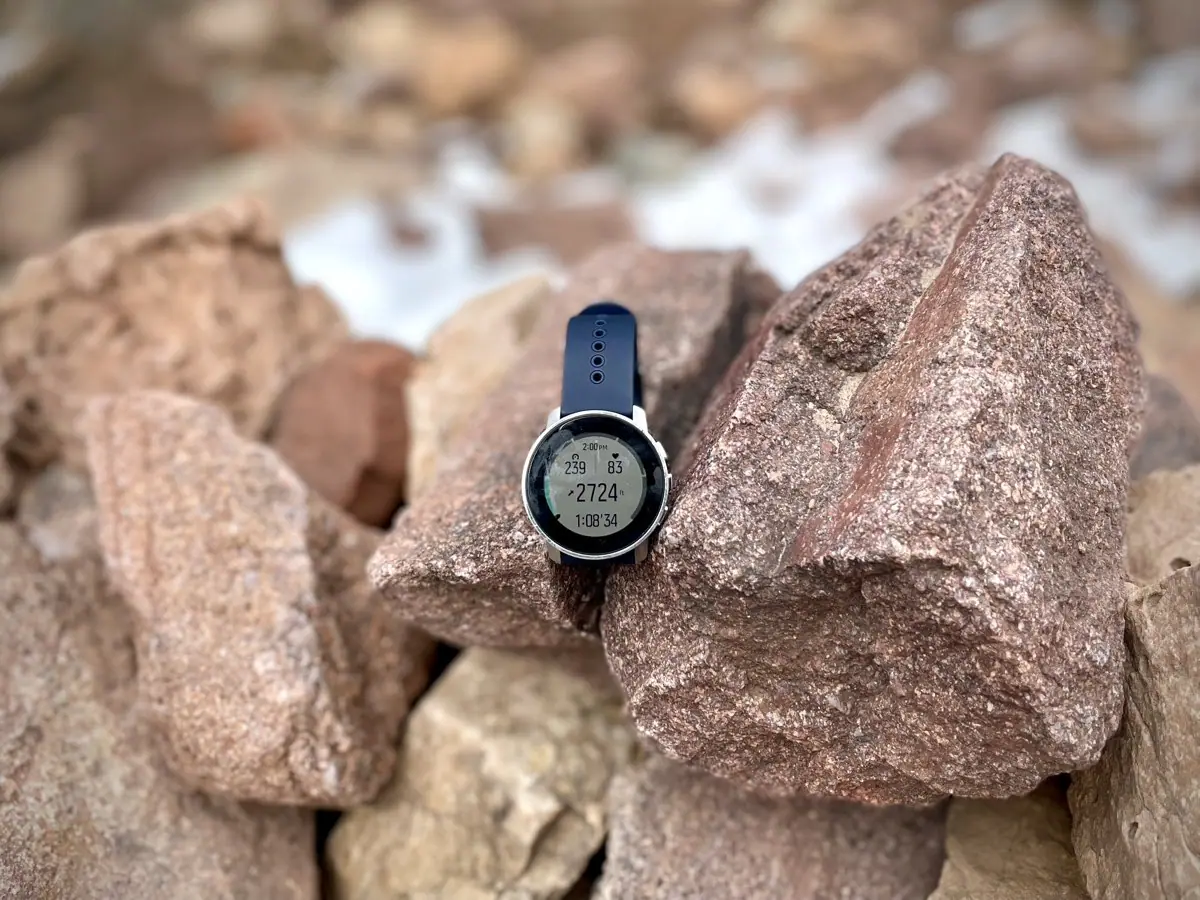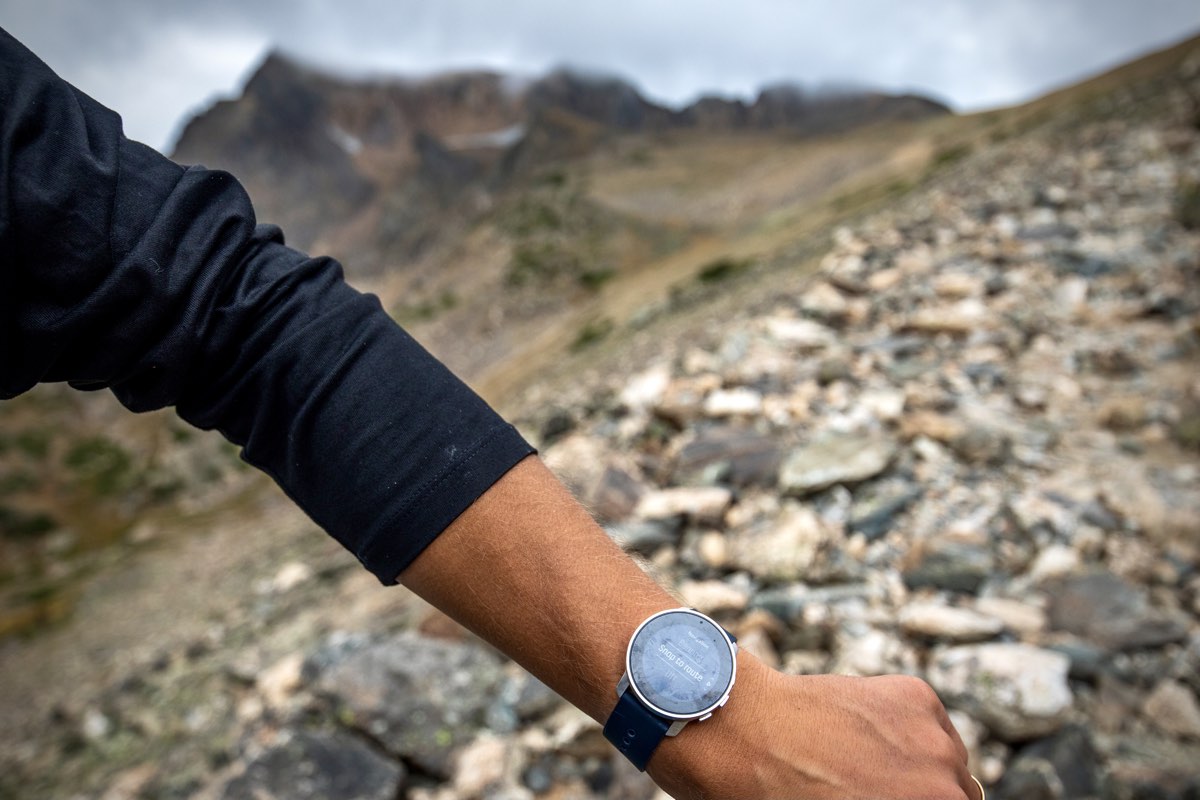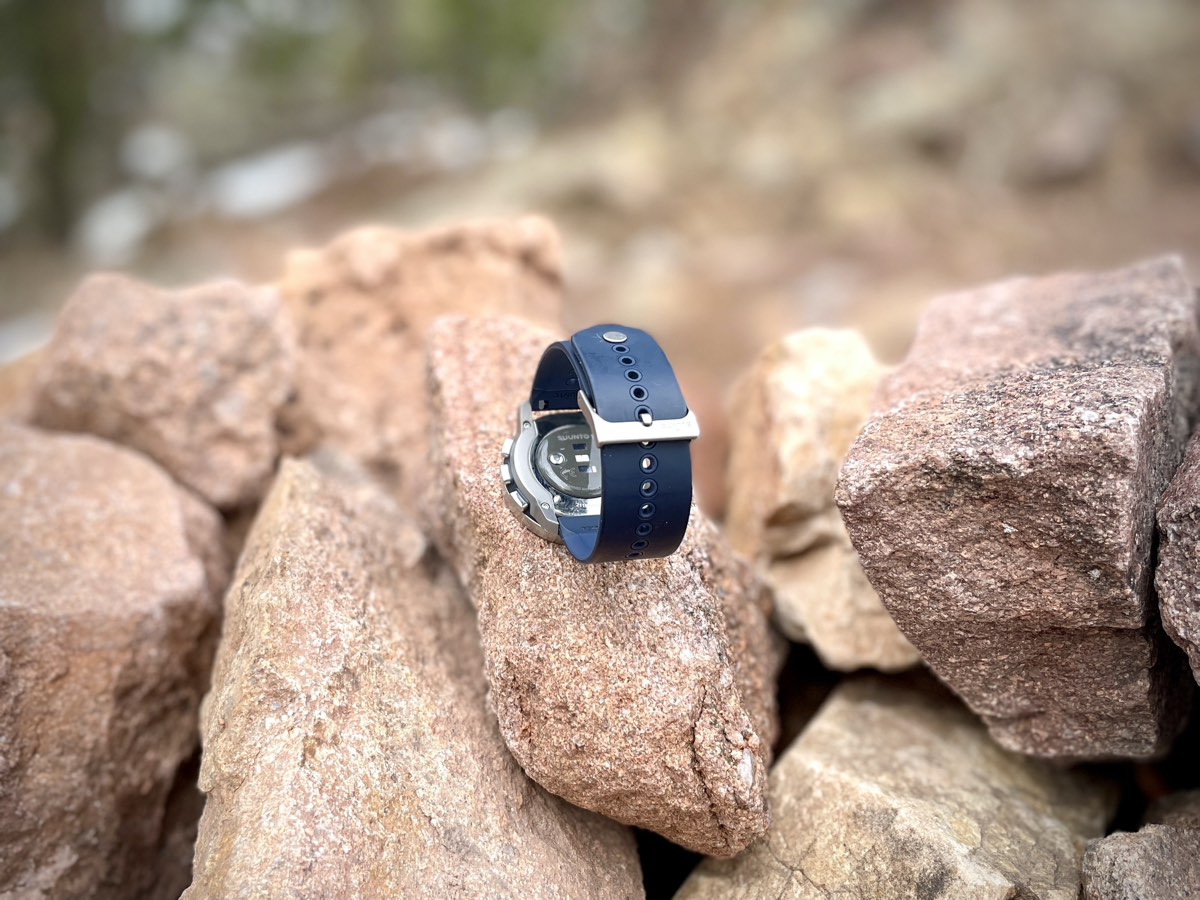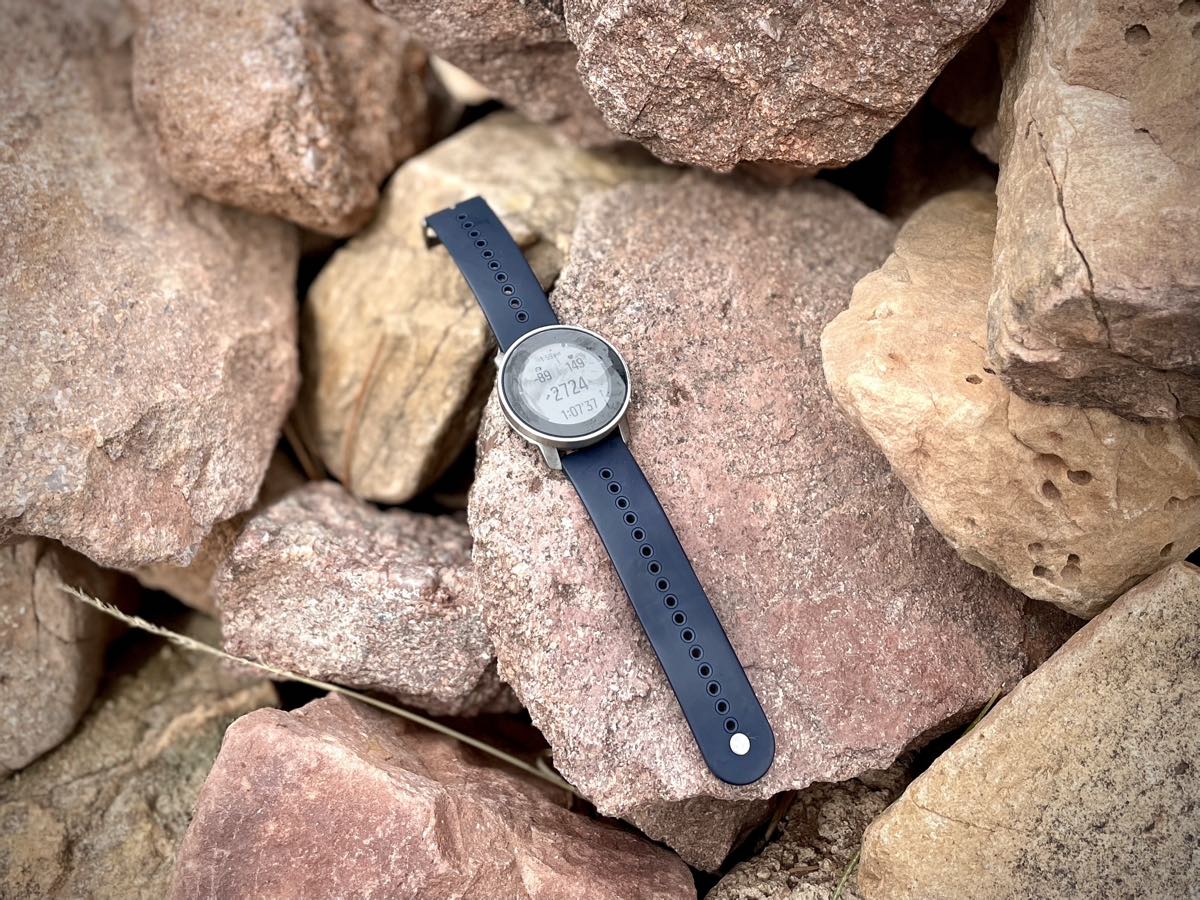The Suunto 9 Peak Titanium ($700) is in rarified air: it belongs to a very small group of GPS running watches whose price exceeds $600. The expectations of the watch are therefore as outsized as the price tag.
Its peers in this category boast incredible attributes like the best battery life ever in the Coros Vertix 2 — read our Coros Vertix 2 review — and pre-loaded, worldwide topographic maps in the Garmin fēnix 6 Pro — read our Garmin fēnix 6 Pro review.
There is no equally impressive single feature in the Suunto 9 Peak Titanium. However, it has several standout features that wouldn’t individually rate it better than those two watches but collectively create a compelling case. Let’s look at those attributes.
You can also check out our guide to the Best GPS Running Watches to see how we compare the Suunto 9 Peak Titanium with these other top watches.
Shop the Suunto 9 Peak TitaniumSuunto 9 Peak Titanium Design and Wearability
Runners already familiar with Suunto will be immediately struck by the size and weight of the Suunto 9 Peak Titanium. Weighing 52 grams and developed with Suunto’s Nordic design values, it’s the smallest and thinnest watch they have ever made, looking more like an Apple Watch than its loud and rugged peers from Coros and Garmin.
The strap is also brand new and a welcome change. It’s made from stretchy silicone, and it closes with a metal pin. It removes the common plastic buckles that keep a watch band in place.
The size of the watch will come as a very welcome change for people with normal- or small-sized wrists. Previous Suunto watches bordered on the comical with oversized faces that were noticeably huge on small people. The size of the screen was nice for navigation and to visualize data but almost impractical as an everyday watch.
The display is 43 millimeters, but the bezel takes up a lot of real estate on the screen. Along with the three buttons to navigate, there is also a touchscreen. However, it collects tons of fingerprints.
We rated the Suunto 9 Peak Titanium as the best-looking and best-designed watch in our Best GPS Running Watch guide. It’s the only one that really makes sense to wear while not running. And it’s not just about the size.
The display on the Coros Apex is just 42 millimeters in diameter, one millimeter smaller than the Suunto 9 Peak Titanium. But, it’s not as attractively designed or at home as a day-to-day watch, looking too sporty and specific compared to the Suunto 9 Peak Titanium.
Unlike the watch peers I’ve mentioned, the Suunto 9 Peak Titanium is easy to wear with long sleeves and gloves, becoming a seamless addition to your wardrobe and not snagging tight-fitting gear.
Suunto 9 Peak Titanium Snap to Route and Ghost Runner Features
The Suunto 9 Peak Titanium is the only watch in the $600 club to offer a unique feature called Snap to Route. This is a handy tool to protect route fidelity when GPS coverage is spotty.
Here’s how it works: add a route to the watch’s navigation, select an activity type, and then press Snap to Route in the navigation menu. With this feature enabled, the GPS mapping is turned off and just your location in relation to the route is captured.
This lets the accelerometer capture pace and elevation without trying to also locate you in space in relation to those details. Whether it’s just the annoying variability of routes you run all the time or you’re in the city around tall buildings or, best yet, in a race on a specific course, the data comes out as clean as possible since it relies on the specific course file, instead of GPS or satellites, to record your activity.
For local projects where I’m trying to get a PR, I often use Snap to Route for the Strava segments of these routes since it’s cool to see real-time data and notifications along the route telling you how much distance remains and how your run is progressing.
The Ghost Runner feature helps with pacing. I’ve used this countless times on road workouts. Your first half-mile pace is taken and set as your benchmark. From there, you either run behind or ahead of the ghost runner.
I find this to be a motivating tool since you can just look down and visually see your performance instead of looking at pace. To add more specificity, you can select the duration or distance of your run to see in real time the remainder and the ghost runner’s performance.
Suunto 9 Peak Titanium Fast-Charging and Battery Performance
While the broader processing power of the Suunto 9 Peak Titanium is not impressive, the time it takes to charge the watch from dead to 100% is. It’s the fastest-charging watch among the peers I’ve mentioned and charges fully in just 50 minutes.
When you’re really putting the battery life to the test in an ultramarathon or personal adventure, the watch can be charged while in use, making your aid station refill as fast as you’ll find on the market.
The battery performance is very good and has a huge spread depending on what performance mode you select, from Performance (the best) to Tour (most conservative); there are four modes in total which last 25, 50, 120, and 170 hours. As you’d expect, functions like optical heart rate, oxygen saturation, and precise accuracy become limited or unavailable as battery availability decreases.
While this is a good range, the Coros Vertix 2 offers almost six times the best performance of the Suunto 9 Peak Titanium. Coros is 140 hours compared to Suunto’s 25 hours.
Suunto 9 Peak Titanium Music and Navigation
I’ve been testing the Suunto 9 Peak Titanium for almost a year and some useful software updates have been added that weren’t included initially. One is music controls. The watch has no built-in storage for MP3 files, and it doesn’t sync with streaming services like the competitors I’ve mentioned throughout this review. However, the watch when paired to your phone can now control your music through play/pause and next track. This is a nice feature but obviously not as impressive as the other brands’ watches.
Navigation and routes are also not as impressive as on the Coros Vertix 2 and Garmin fēnix 6 Pro units. While Garmin is the best in that it includes pre-loaded maps with names, Coros at least can upload map sets without names. The Suunto 9 Peak Titanium does neither.
Instead, it relies on the same technology from the past: the breadcrumb tool and turn-by-turn navigation. This works well and when paired with its above-average GPS accuracy, I actually feel the most confident when drifting from a route that I’ll find myself back with the Suunto 9 Peak Titanium.
Suunto 9 Peak Titanium Overall Impressions
After my year of testing the Suunto 9 Peak Titanium, it’s proving to be bombproof material and a worthy material upgrade for the price. If wearability and design are your prized features in the very competitive GPS running watch market, then this is your watch.
However, if other features are more important to you, like battery life or navigation, then the Coros Vertix 2 and Garmin fēnix 6 Pro, respectively, should be among your purchase considerations.
Shop the Suunto 9 Peak TitaniumCall for Comments
Are you running with the Suunto 9 Peak Titanium? If so, leave a comment to share the plusses and minuses of the watch that you’ve experienced.
[Editor’s Note: If you’re affiliated (i.e., an employee, ambassador, etc.) with a brand, please share your relation in each of your comments on this article. Thanks!]
Our Favorite GPS Running Watches
Check out our Best GPS Running Watch article to learn about our current favorite GPS watches for running!




